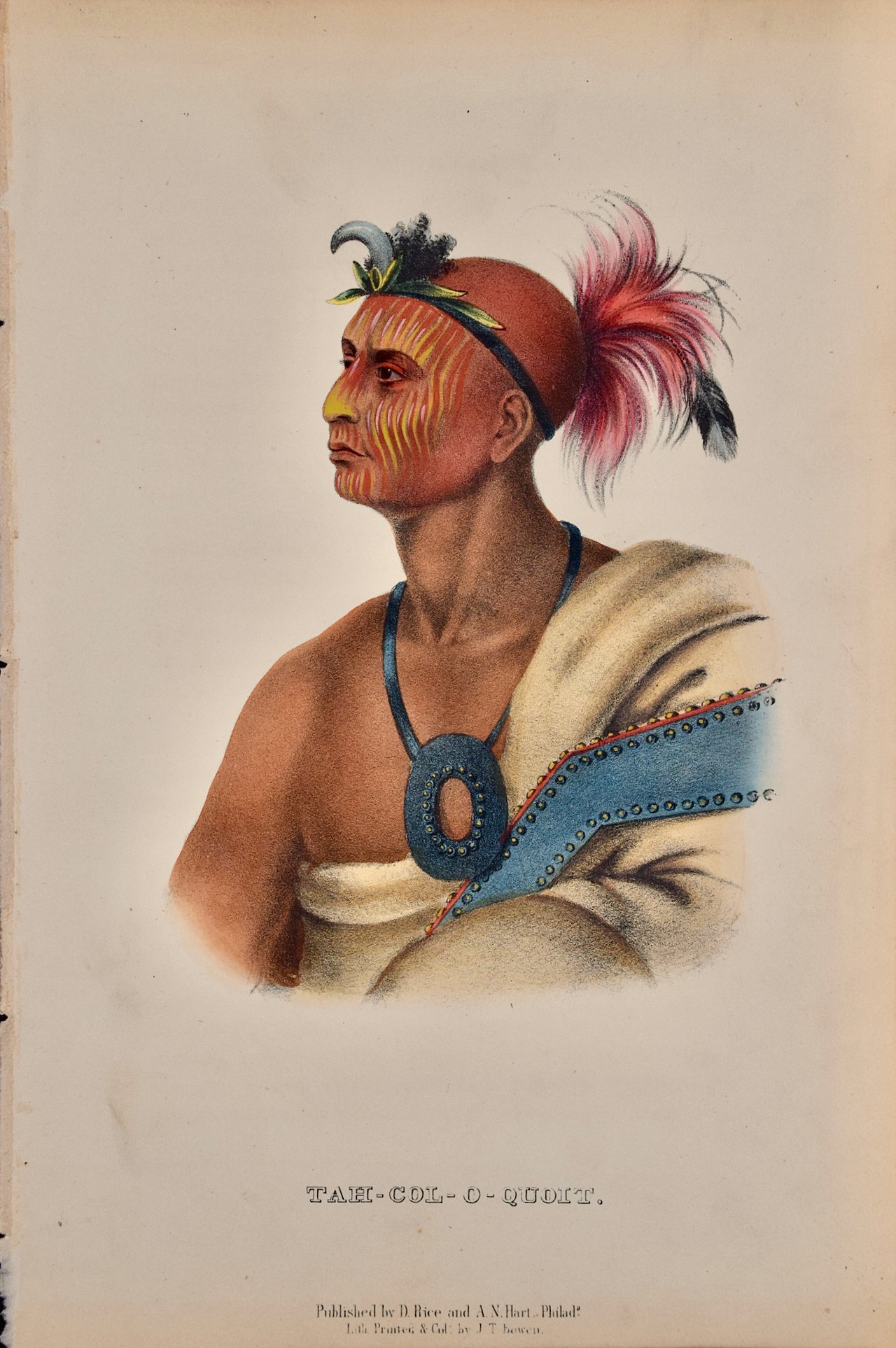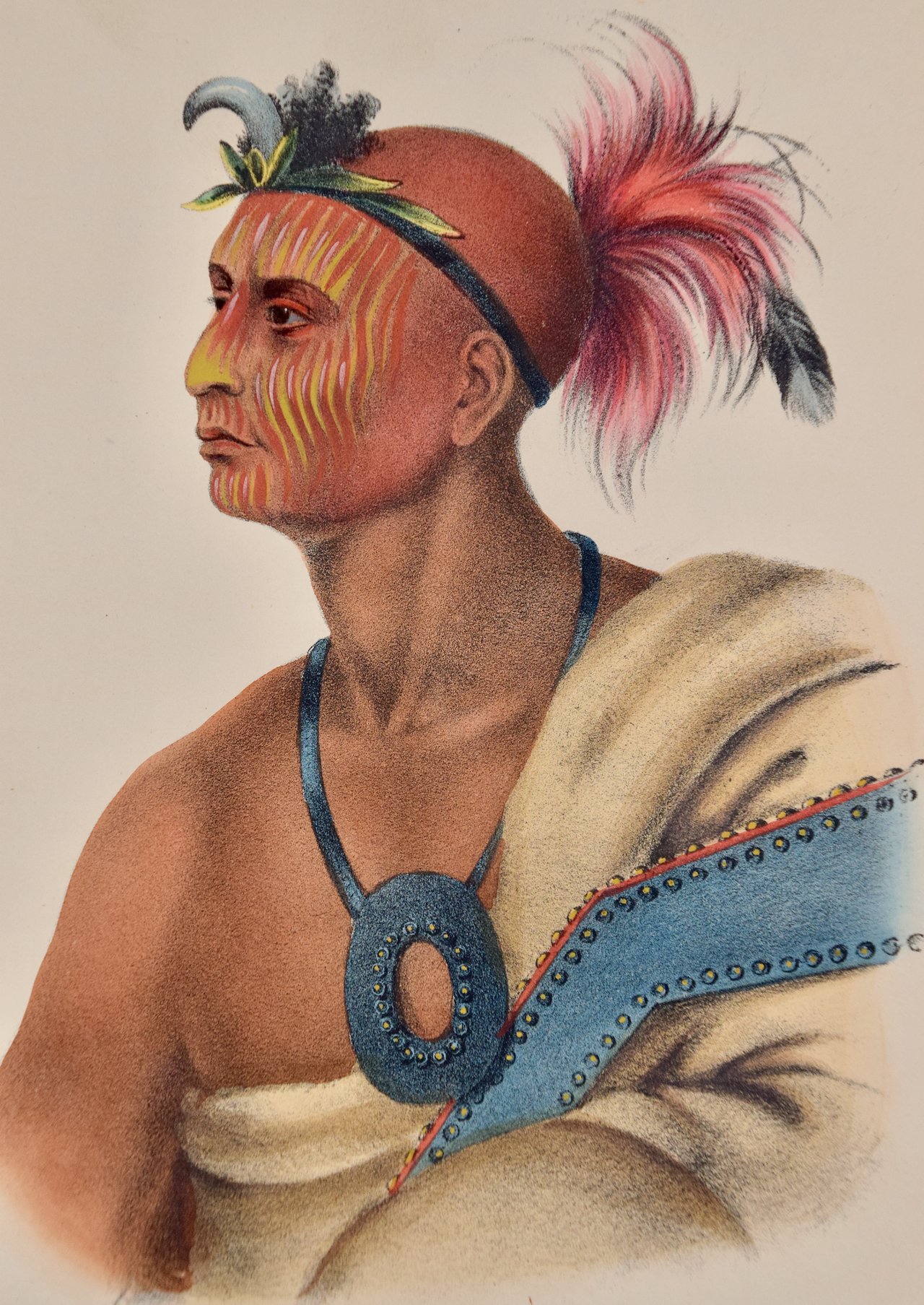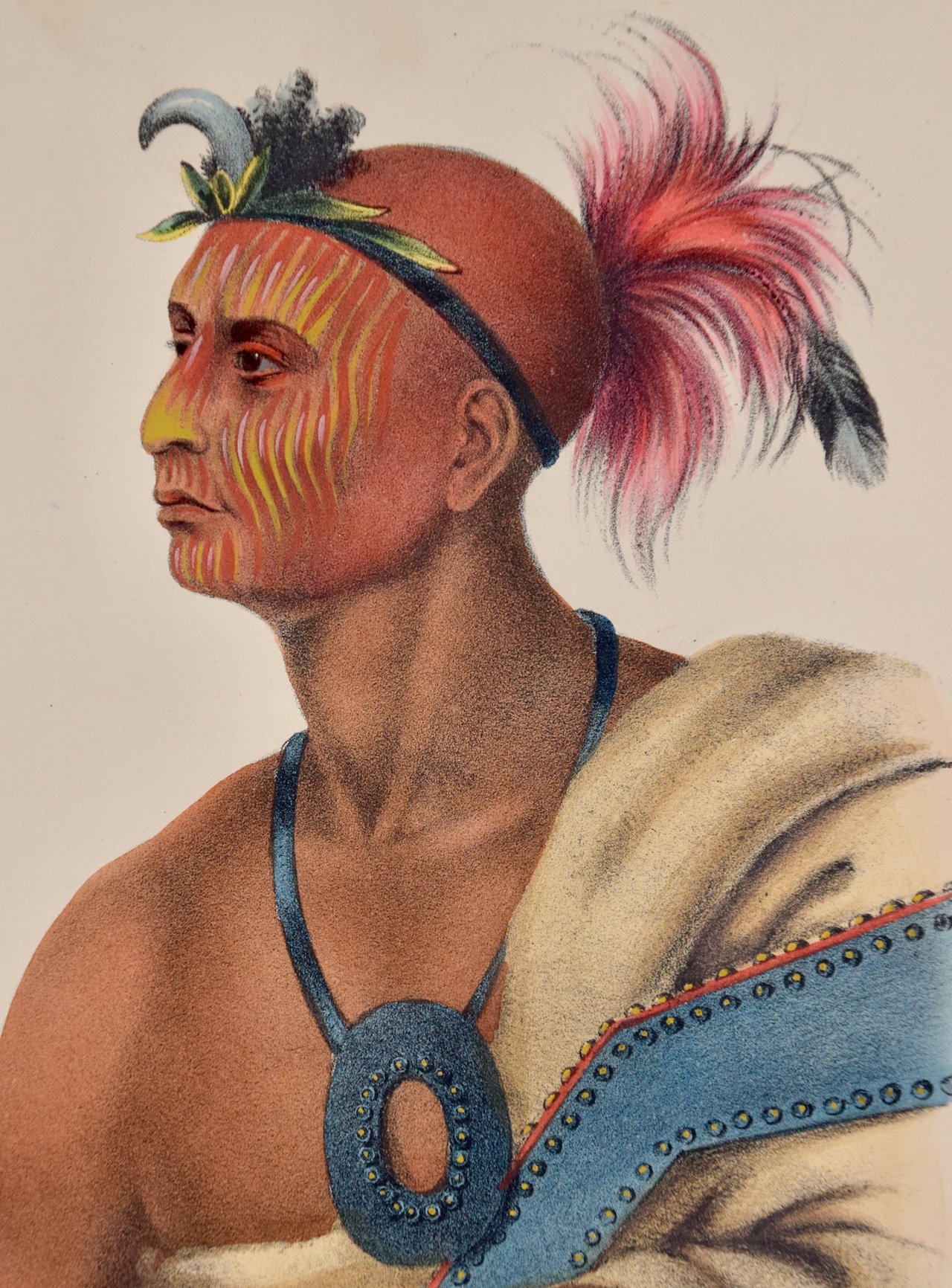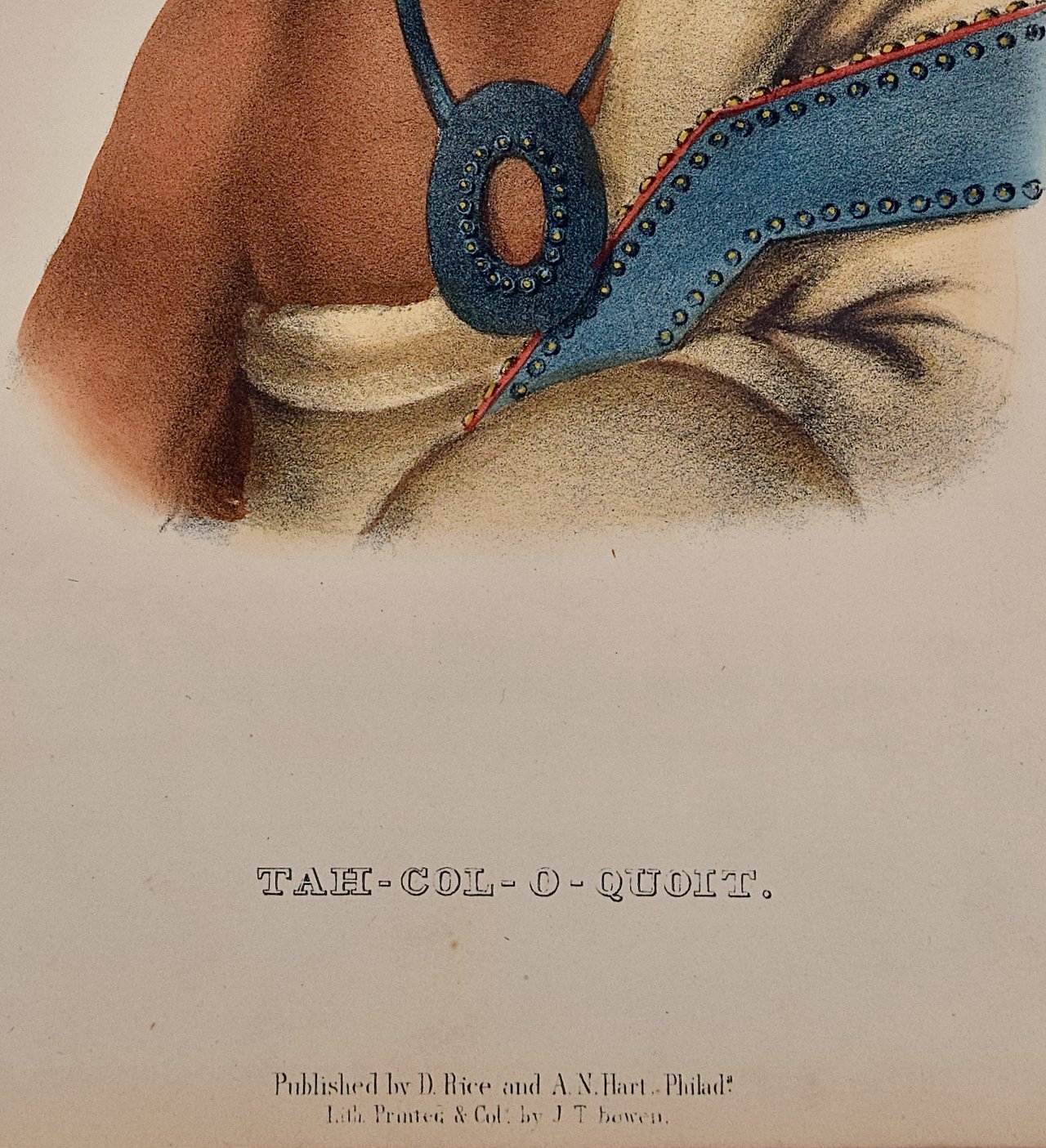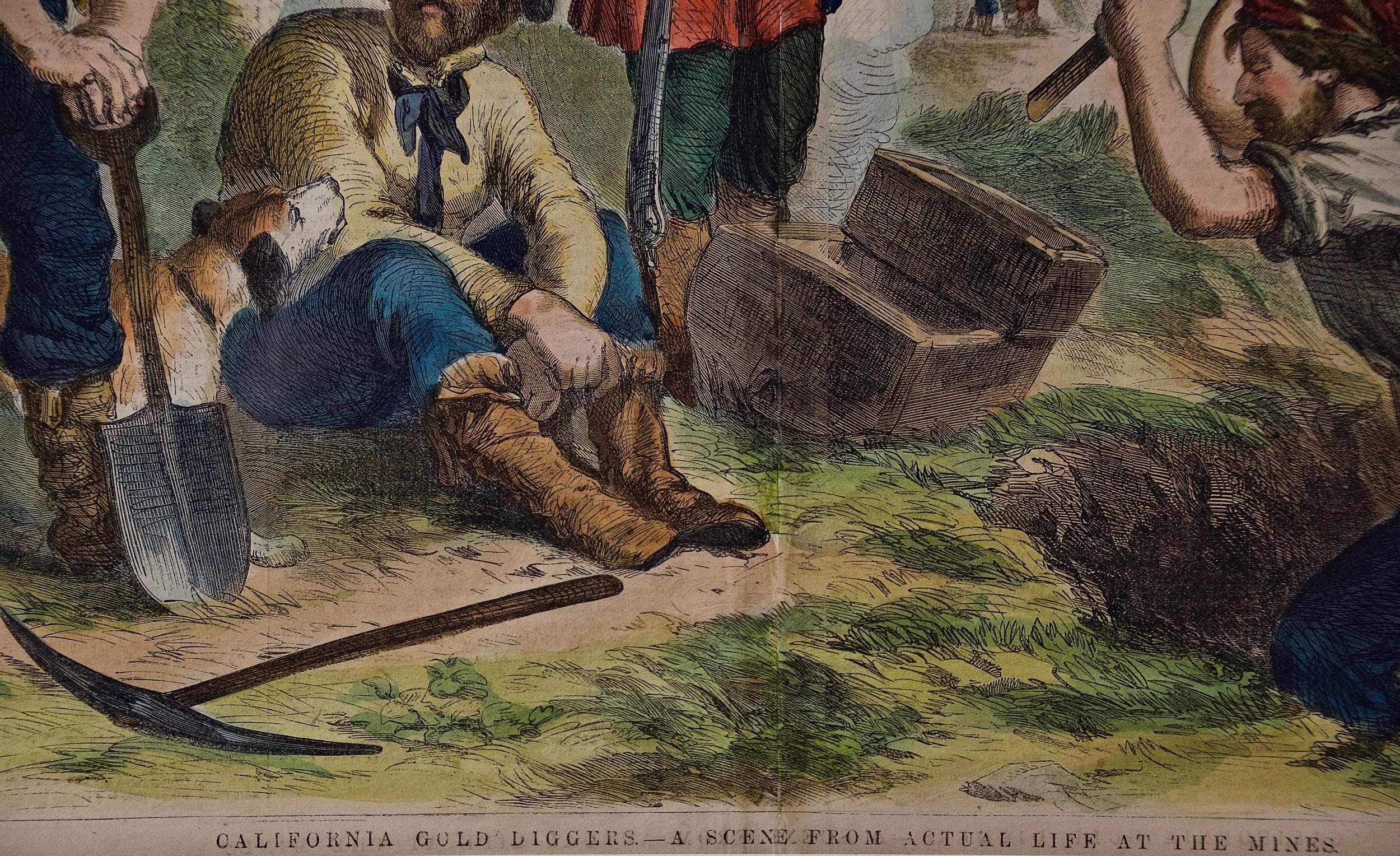This original 18th century engraving from Captain Cook's 3rd voyage journal is printed on laid, chain-linked, watermarked paper. The sheet measures 15.75" high and 21.88" wide. It is in very good to excellent condition.
Reference: Beddie 1743-74, p.343, Joppien 3.328A, ill.p.556
Kamtschatka is a district and a peninsula in the asiatic part of Russia. The perspective of this view is towards the entrance of Avacha Bay with Captain Cook's ships, Discovery and Resolution, at anchor in the bay. The village is shown on the sandy peninsula with Kamchatkan summer huts and Russian log huts. Native inhabitants are seen at work around the village and in canoes in the foreground, presumably fishing. A man and woman are depicted on the far left dressed in their native garb. A snow-covered mountain is seen in the distance.
This is a description of the village in Cook's journal: "The Town or Ostrog of St. Peter & Paul stands upon a long narrow spit of Sand, which forms & seperates the Harbour from the Bay of Awatschka except at a narrow entrance about a Stones throw across. it consists of 5 or six Russian log Houses and about 15 Kamtschdale Houses called Balagans & 3 or 4 Joorta's."
It was at this village of St Peter and St Paul that the battered ships landed in late April 1779, after the death of Captain Cook in Hawaii. Here is where Major Behm agreed to take the news of Cook's death overland to St. Petersburg to then be relayed the England. Modern day Petropavlovsk-Kamchatsky is now a major commercial port and the home of Russia's nuclear submarine fleet.
Hawaii was discovered by Captain Cook (1728-1779) during this voyage. Hawaii was originally called The Sandwich Islands in honor of The Earl of Sandwich who, as head of the British Admiralty, authorized the funds necessary to finance the voyage. Captain Cook was killed by natives in Kealakekua Bay on the big island of Hawaii in 1779. His ships the Resolution and Discovery then returned to England. Other notables who were part of this expedition included Captain William Bligh, Cook's sailing master, who would later go down in history as captain of the mutinous crew of the Bounty and George Vancouver who would later explore and chart North America's northwestern Pacific Coast regions, including the coasts of Alaska, Washington, and Oregon, as well as the province of British Columbia in Canada. Vancouver Island and the city of Vancouver, British Columbia are named for him, as is Vancouver, Washington.











